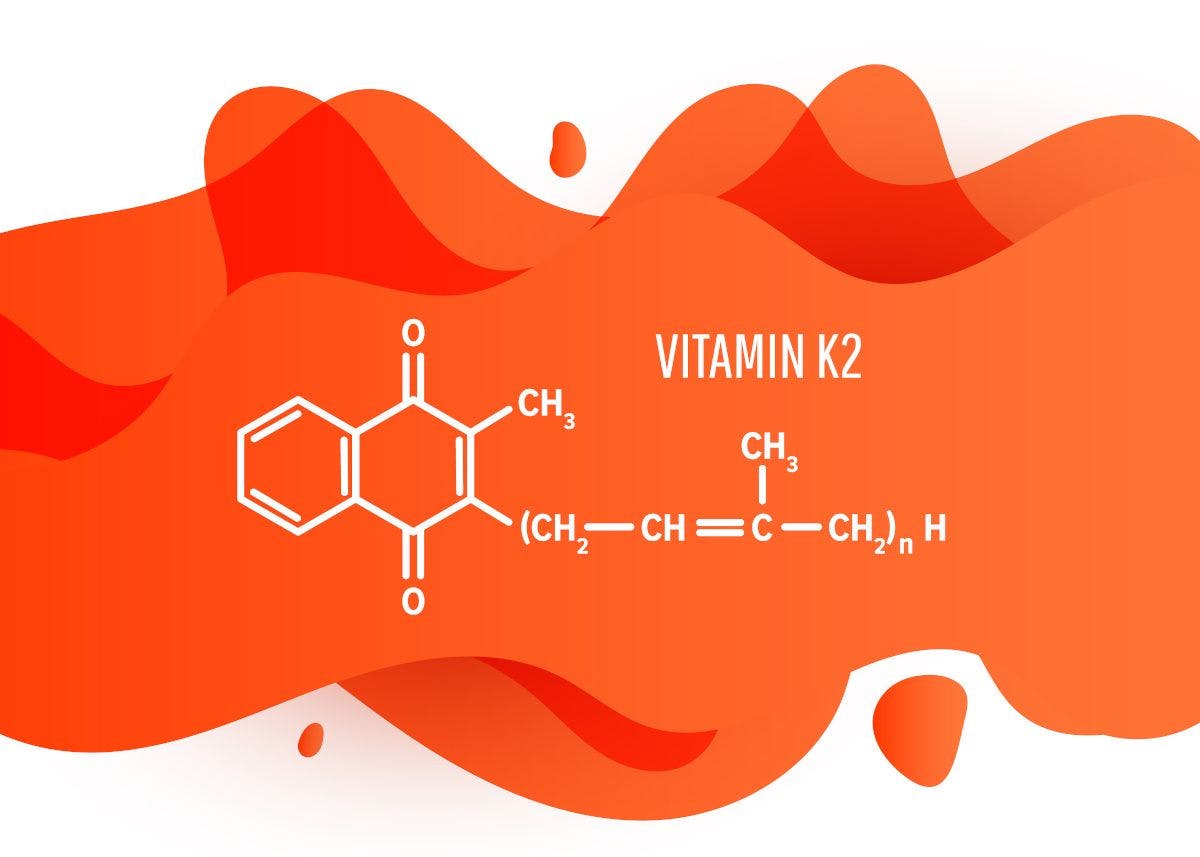Priorities in healthy snacking
Consumers are opting for convenient snacks with less sugar, calories, and salt.
Photo © AdobeStock.com/bnenin

According to the International Food Information Council’s (IFIC) “2023 Food and Health Survey,” seven in 10 Americans snack at least once a day in addition to main meals.1 The most cited reason for snacking is simply hunger or thirst (41%), while others see snacks as a treat (29%), or just desire something sweet (21%) or salty (21%). FMCG Gurus says that 29% of global consumers are skipping breakfast, and 18% of global consumers are eating breakfast less frequently compared to the previous year.2 This is either due to being rushed in the morning or the cost-of-living crisis forcing consumers to make certain sacrifices. Ultimately, says FMCG Gurus, with meal habits becoming less structured, snacking is becoming more common. This presents opportunities for snack brands to fill in these meal-time gaps. FMCG recommends these snacks be positioned as convenient, on-the-go, and nutritious.
While junk food still exists and has a place in snacking habits, healthful snacks that are convenient on-the-go are becoming the ideal choice as frequent snacks replace big breakfasts or even lunches. According to FMCG Gurus, 42% of global consumers check nutritional labels when buying snacks at least some of the time, while 22% of global consumers check nutritional labels most or all of the time, with calorie and sugar content being the priority of what they check for. Generationally, millennials are more concerned about healthfulness and nutrition than Gen Z, Gen X and Boomers. According to IFIC’s survey, 65% of Millennials agree with the statement, “My generation has greater concern about the healthfulness and nutrition of food choices than other generations.”
Currently, sodium reduction measures are being embraced by major brands in response to a voluntary guidance for sodium reduction published by the Food and Drug Administration (FDA) in October of 2021.3 The agency will begin monitoring progress on sodium reduction goals in 2024, and brands are actually taking it seriously, says Janice Johnson, PhD, a food technical advisor for Cargill (Minneapolis, MN).
“While this is voluntary guidance, it’s clear from our work with customers that the industry is serious about sodium reduction – and has been for many years. Many of our customers have published significant sodium-reduction goals and they report steady progress toward achieving their commitments,” says Johnson. PepsiCo, for example, announced back in November of 2023 that it was setting new sodium reduction targets.4
Johnson explains that strategies of sodium reduction include leveraging particle size and shape of salt and potassium salt. For example, potassium chloride and the trademarked Alberger salt are key ingredients to achieve salt reduction. Alberger salt, explains Johnson, has a unique crystalline structure that delivers a more intense salty flavor upfront, compared to table salt, allowing brands to lower the amount of sodium chloride they use. Potassium salt with extremely fine particle size means quick dissolution with a flavor that is less bitter and metallic compared to potassium salts with larger particle sizes.
If snack brands want to stay competitive, offering healthier options and convenience is paramount. On top of this, unique flavors and experiences are another important too for engaging with customers.
“Consumers are drawn to snacking when they have a craving to satisfy.Taste, convenience, portability, and mess-free eating are all drivers when choosing a snack,” says Jana Mauck, category manager, snacks & cereals for Cargill. “Consumers also see snacking as an opportunity to try something new, so novel and exciting flavors are often a factor in their snack choices.”
References
- International Food Information Council. 2023 Food & Health Survey. May 23, 2023. Accessed February 22, 2024. https://foodinsight.org/2023-food-health-survey/
- Kehoe, K. Snacking trends in 2023 and beyond. Nutritional Outlook. February 20, 2024. https://www.nutritionaloutlook.com/view/snacking-trends-in-2023-and-beyondAccessed (accessed 2024-02-27).
- FDA. Voluntary Sodium Reduction Goals: Target Mean and Upper Bound Concentrations for Sodium in Commercially Processed, Packaged, and Prepared Foods: Guidance for Industry. (CFSAN, October 2021).
- PepsiCo. PepsiCo sets goals to further reduce sodium and deliver more diverse ingredients in convenient foods portfolio. November 14, 2023. https://www.pepsico.com/our-stories/press-release/pepsico-sets-goals-to-further-reduce-sodium-and-deliver-more-diverse-ingredients11142023 (accessed 2024-02-27).
Prinova acquires Aplinova to further increase its footprint in Latin America
April 7th 2025Prinova has recently announced the acquisition of Brazilian ingredients distributor Aplinova, which is a provider of specialty ingredients for a range of market segments that include food, beverage, supplements, and personal care.















